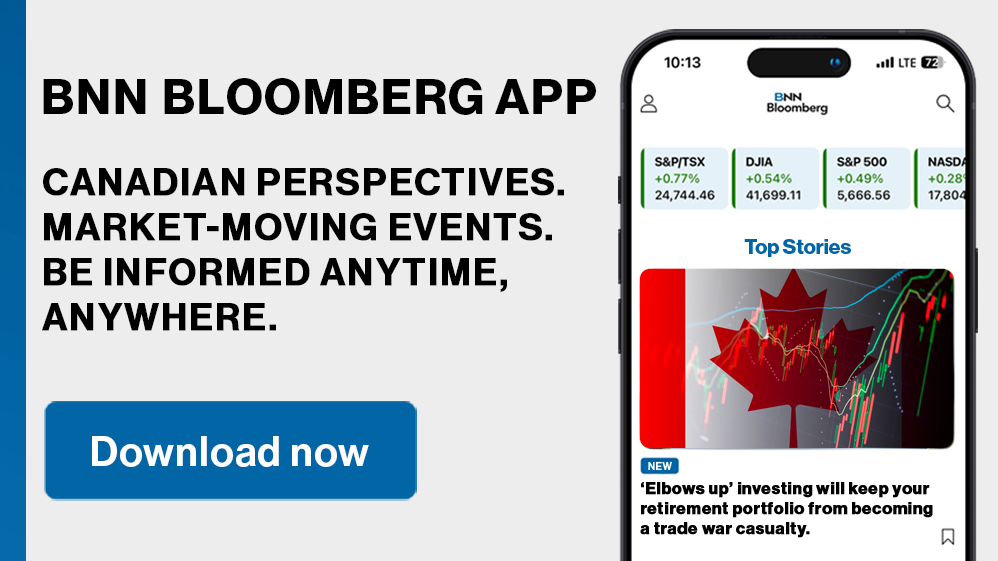(Bloomberg) -- If investors had known in advance the size of the Federal Reserve’s latest interest-rate cut, would they have made big money on stocks and bonds trading on this market-moving intel?
Surprisingly, the answer appears to be a resounding no, at least when it comes to amateur traders and their ilk, according to a recent study from Elm Partners Management’s Victor Haghani and James White.
The researchers placed participants in a dream position of knowing the future in an experiment called “The Crystal Ball Challenge.” Players got an early read of major economic news and Fed policy decisions — without knowing the precise market moves of the day in advance — before placing their bets.
Three groups with varied financial knowledge and trading experience played the game. Wall Street’s seasoned macro traders performed the best. Yet when it came to predicting market directions, the score was far from stellar, with their bets ending up correct only 63% of the time. For amateurs, their returns took a hit as levered-up stock wagers went awry.
The results will resonate with many on Wall Street, where monetary and economic trends in the post-pandemic era have bedeviled the smartest minds. This year, the record-setting equity rally is crushing even the most optimistic strategist forecasts while traders have have been misfiring on their interest-rate wagers.
The paper, titled When a Crystal Ball Isn’t Enough to Make You Rich, suggests that even if one has advance knowledge of near-term macroeconomic catalysts, translating that into successful investment decisions is a task few could pull off.
The research project was inspired by a 2016 posting on X from Nassim Nicholas Taleb, author of the best-selling book The Black Swan: The Impact of the Highly Improbable. In that post, he surmised the market was so unpredictable that even investors with immaculate prescience of the next day’s news “would go bust in less than a year.”
“It’s very humbling,” said Haghani, who was a founding partner of Long-Term Capital Management. “Even if you have the news in advance, it’s still really hard to do asset allocation or whatever with a high chance of being right, let alone not knowing what’s going to happen.”
That aggravation was on display when the Fed announced its first rate cut in four years. While the half-point reduction was larger than most economists forecast, stocks fell and Treasury yields rose in the immediate aftermath, confounding those who had expected aggressive monetary easing to unleash a wave of buying.
While counter-intuitive at first blush, the market had priced in a dovish Fed ahead of the policy shift, according to Haghani. He views this dynamic, along with the “crystal ball” study, as evidence that the investment landscape remains largely efficient, despite recent doubts aired by the likes of AQR Capital Management’s co-founder Cliff Asness.
“If we think about the question of market efficiency in terms of how hard it is to beat the market, this really shows us that it’s hard to beat the market even with this advanced information,” Haghani said. “Hence the markets are pretty efficient.”
In the game, players trade futures on the S&P 500 and 30-year Treasuries with the news from the front page of the Wall Street Journal one day in advance — and of course with market data blacked out. The stories were originally published between 2008 and 2022.
They chose 15 different days, one for each year in that 15-year stretch. Each day, players are allowed to place only one bet each for stocks and bonds, long or short with leverage up to 50 times.
Among the three groups, the band of five veteran macro traders stood out, raking in an average profit of 130%. The pool of 118 graduate students, mostly majoring in finance or business, managed to break even. A separate batch of 1,500 volunteer players fared the worst, losing 10% of their money.
Contributing to the inexperienced traders’ dispiriting returns was their relatively lower accuracy in guessing market moves. College participants, for instance, correctly foresaw stocks and bonds only 51.5% of the time, about 10 percentage points behind the pros.
A lack of proper alignment on trade size and leverage also played a role. College traders got their bond calls right more often than stocks. Yet their performance didn’t benefit because they placed more trades in equities and did it with higher leverage.
By contrast, the experienced traders appeared more conscious about the risk of getting things wrong. They refrained from betting at all on roughly one third of the trading opportunities. And when they presumably felt confident, they doubled down.
“We like to talk about how investing involves two decisions — the what and the how much. What to buy or sell, and then how much of it to buy or sell,” said Haghani. “Even if you get the selection decision right, but you get the sizing decision wrong, you can be wiped out.”
--With assistance from Vildana Hajric.
©2024 Bloomberg L.P.














